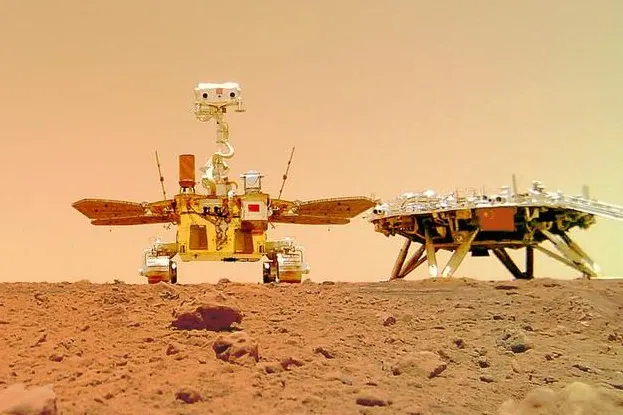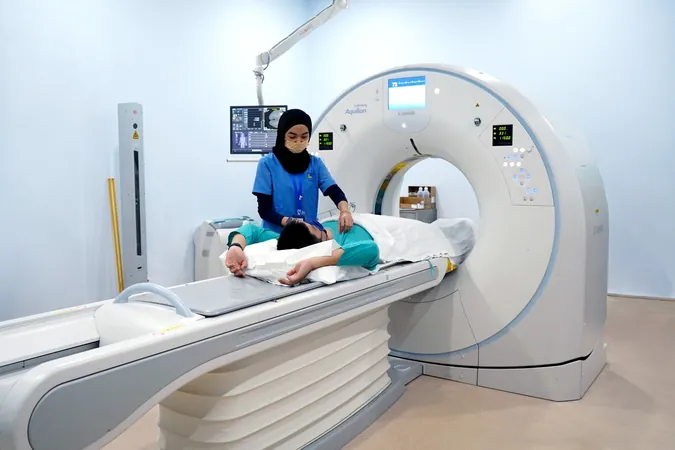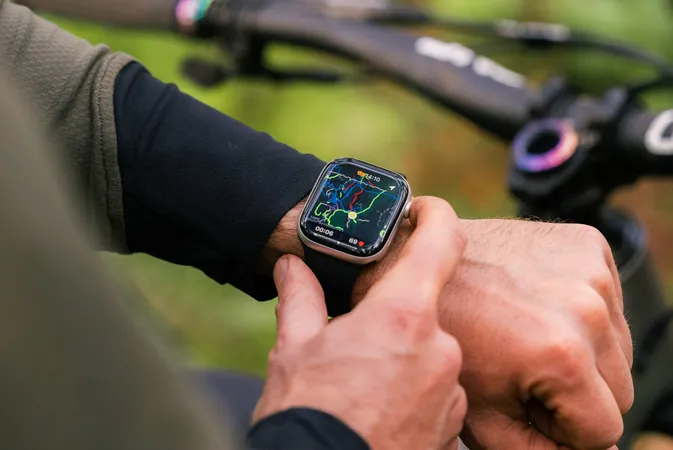
China's Bold Leap: The Groundbreaking Tianwen 3 Mars Sample-Return Mission
2025-07-22
Author: Siti
Aiming for Mars: Launch Set for 2028
China is gearing up for a historic journey to Mars with its first sample-return mission, Tianwen 3, slated for launch in 2028. This ambitious project aims to bring back at least 500 grams of Martian material by around 2031, according to chief scientist Hou Zengqian.
Unlocking Mars' Secrets
In a recently published article in Nature Astronomy, Hou and his team unveiled the mission's scientific objectives, heralding a significant advancement in planetary exploration. "This mission represents a critical step for China's ambitions in space. Our goal is to provide the world with an unprecedented insight into Mars," he stated.
An Expedition Beyond Earth
The Tianwen 3 mission will require two launches and is expected to take about seven to eight months to reach Mars. Once there, the spacecraft will operate for approximately a year before making its way back to Earth, totaling over three years of interplanetary exploration.
Searching for Signs of Life
One of the mission's core goals is to uncover evidence of past life on the Red Planet. Hou outlined three critical objectives: searching for life markers—like fossils and biomarkers—studying the evolution of Mars' environment, and analyzing its geological history.
Innovative Sample Collection Techniques
In an exciting twist, the mission will not deploy a Mars rover for sample collection. Instead, a sophisticated drone will gather samples from various locations within a few hundred meters of the landing site. Notably, Tianwen 3 will be the first mission to attempt two-meter-deep drilling for sample collection.
Ensuring Planetary Protection
Hou stressed the importance of planetary protection in deep space exploration. Stringent measures will be implemented to prevent Mars contamination by the spacecraft as well as protecting Earth from any potential Martian microbes.
Strategizing Mars Landing Sites
The choice of a landing site on Mars is critical to the success of the mission. Initially identifying over 80 sites, the team has narrowed it down to 19, with plans to finalize three by the end of 2026. The landing site must meet strict engineering specifications while maximizing scientific potential, particularly in areas likely to harbor traces of ancient life.
A Collaborative Approach to Exploration
China is embracing an open and collaborative spirit with the Tianwen 3 mission. They are inviting international experts to contribute to scientific goal-setting and have issued calls for global proposals regarding the mission's payloads. Following the sample return, China intends to facilitate access for international scientists to the findings, ensuring shared scientific advancement.
Looking Ahead
As the mission gears up, the scientific team is actively progressing on technologies essential for the Tianwen 3 objectives, utilizing Martian observational data to refine site selection. This mission isn't just about collecting samples; it’s a leap towards understanding not just Mars, but perhaps the very origins of life itself.





 Brasil (PT)
Brasil (PT)
 Canada (EN)
Canada (EN)
 Chile (ES)
Chile (ES)
 Česko (CS)
Česko (CS)
 대한민국 (KO)
대한민국 (KO)
 España (ES)
España (ES)
 France (FR)
France (FR)
 Hong Kong (EN)
Hong Kong (EN)
 Italia (IT)
Italia (IT)
 日本 (JA)
日本 (JA)
 Magyarország (HU)
Magyarország (HU)
 Norge (NO)
Norge (NO)
 Polska (PL)
Polska (PL)
 Schweiz (DE)
Schweiz (DE)
 Singapore (EN)
Singapore (EN)
 Sverige (SV)
Sverige (SV)
 Suomi (FI)
Suomi (FI)
 Türkiye (TR)
Türkiye (TR)
 الإمارات العربية المتحدة (AR)
الإمارات العربية المتحدة (AR)